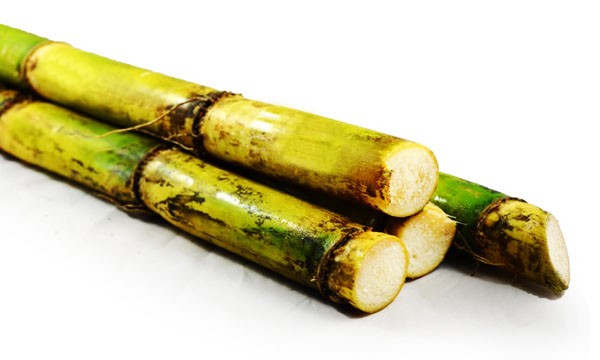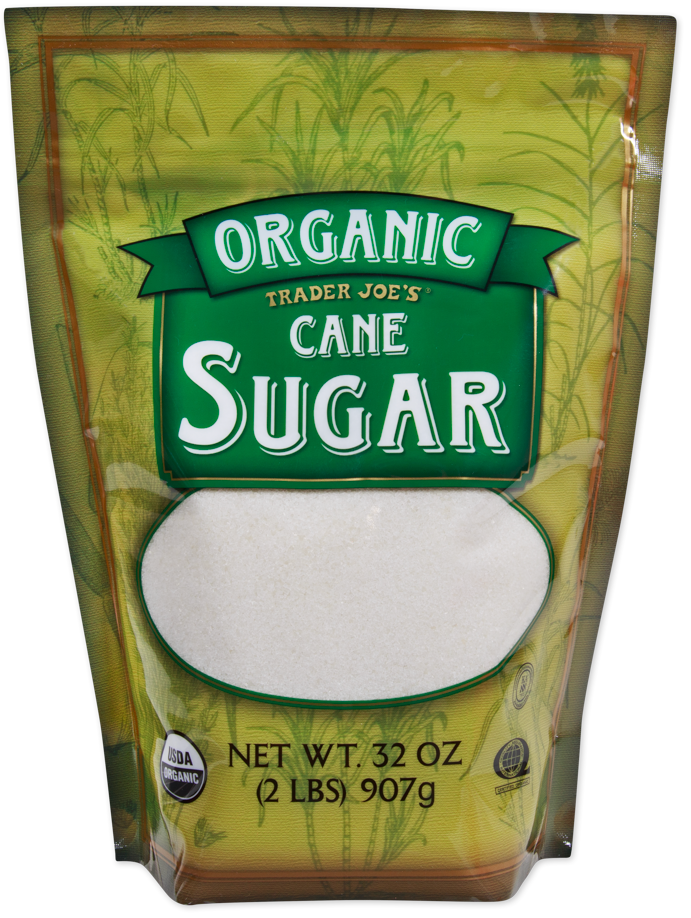Cane Sugar Processing: From Area to Table-- A Step-by-Step Guide
Cane Sugar Processing: From Area to Table-- A Step-by-Step Guide
Blog Article
Discovering the Comprehensive Steps Entailed in Walking Cane Sugar Processing From Gathering to Refinement
The process of cane sugar production encompasses a collection of intricate steps, starting with the cautious harvesting of sugarcane and finishing in the refinement phases that make sure the end product satisfies industry criteria. Each phase, from the extraction of juice to the filtration and formation processes, plays a critical role in determining the quality and character of the sugar. Comprehending these stages not only highlights the intricacy of sugar production yet also elevates vital inquiries about effectiveness, sustainability, and innovation in the market. What implications do these elements have for future techniques?
Collecting Sugarcane
Collecting sugarcane is an essential step in the walking cane sugar handling chain, as it directly influences the top quality and yield of the final product. Appropriate timing and strategies are essential during this stage to make sure optimum sugar content and decrease losses. Normally, sugarcane is collected when it gets to maturation, generally 12 to 18 months after growing, defined by a high sucrose concentration.

Post-harvest, the sugarcane must be processed quickly to stop sucrose destruction. Preferably, collected walking cane must be delivered to refining centers within 24-hour to maintain sugar top quality. As a result, efficient logistical preparation is crucial to maintain the integrity of the harvested plant throughout the supply chain.
Removal Refine

The crushed cane is subjected to a collection of pushing operations to maximize juice recovery. Generally, warm water is sprayed onto the smashed walking cane, developing a countercurrent circulation that assists dissolve the sugar while additionally helping in the extraction process. The juice collected from this procedure has not just sugar yet additionally different organic compounds and pollutants.

To enhance removal effectiveness, some facilities may use diffusion methods, where the sugarcane is saturated in warm water, allowing the soluble sugars to diffuse into the liquid. The resulting juice, rich in sucrose, is then directed to subsequent processing stages, laying the foundation for purification and refinement. The extraction process is thus critical in establishing the quality and yield of the final sugar item.
Filtration Strategies
The filtration methods utilized in walking stick sugar processing are necessary for changing the raw juice into a top notch sugar product. These techniques mainly aim to remove impurities, such as dirt, plant products, and inorganic substances, which can adversely affect the last item's flavor and shade.
This procedure involves including lime and warm to the raw juice, which facilitates the coagulation of contaminations. Furthermore, the use of phosphoric acid can enhance the clarification procedure by additional binding impurities.
An additional considerable technique is carbonatation, where co2 is presented to the cleared up juice. This reaction produces calcium carbonate, which captures remaining impurities and promotes their elimination.
Moreover, triggered carbon therapy might be applied to adsorb any type of staying colorants and organic contaminations, guaranteeing an extra refined product. The combination of these methods properly prepares the sugar juice for succeeding steps in the refining procedure, establishing the stage for the manufacturing of premium walking stick sugar.
Crystallization Approaches
After the purification stage, the next vital action in cane sugar handling entails published here crystallization techniques, which play a crucial role in transforming the cleared up juice right into solid sugar. This process normally employs two key methods: spontaneous condensation and regulated formation.
In spontaneous condensation, supersaturated sugar remedies are permitted to cool naturally, leading to the formation of sugar crystals over time. This technique permits for the consistent development of sugar crystals and greater pureness.
Throughout crystallization, the clarified juice is concentrated through evaporation, enhancing its sugar web content till it gets to supersaturation. Once this point is achieved, either technique can facilitate the crystallization procedure. Cane Sugar Processing. The resultant sugar crystals are after that divided from the staying syrup with centrifugation
Eventually, the option of condensation method affects the high quality, size, and pureness of the last sugar product, making this action vital in the general walking stick sugar processing procedure.
Improvement and Product Packaging
Just how can the purity and top quality of walking stick sugar be better improved after formation? The refinement procedure plays an important duty in accomplishing high-quality walking cane sugar.
Next, the sugar goes through a process called centrifugation, where it is rotated at broadband to separate the detoxified sugar crystals from the staying liquid. After centrifugation, the sugar is often additional improved through an approach called carbonization or phosphatation, which utilizes turned on carbon or phosphoric acid to eliminate color and off-flavors.
As soon as refined, the sugar is dried to attain the preferred dampness material, making certain that it remains secure during storage space and transport. The last step includes product packaging the refined sugar in moisture-proof and impermeable containers to keep its quality and avoid contamination. Cane Sugar Processing. Correct product packaging not only expands life span however also promotes very easy handling and circulation, guaranteeing that customers obtain sugar that meets the greatest requirements of pureness and quality
Final Thought
The thorough steps associated with walking stick sugar processing, from the careful harvesting of sugarcane to the detailed refinement and packaging stages, highlight the significance of each phase in making sure high-grade sugar production. Ideal harvesting strategies, efficient extraction approaches, and strenuous filtration processes collectively add to the final item's purity and stability. The crystallization and succeeding product packaging methods even more enhance the integrity and rack life of the browse around this web-site sugar, highlighting the intricacy and precision news fundamental in this crucial farming market.
The process of cane sugar manufacturing encompasses a series of complex steps, starting with the cautious harvesting of sugarcane and culminating in the refinement stages that make sure the last product satisfies market standards. Preferably, gathered cane needs to be moved to refining facilities within 24 hours to maintain sugar quality.In spontaneous crystallization, supersaturated sugar options are allowed to cool down naturally, leading to the development of sugar crystals over time - Cane Sugar Processing. The refinement process plays an important role in attaining high-grade walking stick sugar.The detailed steps involved in cane sugar handling, from the thorough harvesting of sugarcane to the elaborate refinement and product packaging phases, emphasize the value of each phase in making sure high-quality sugar production
Report this page